It is something of a cliche that when Americans do the tour of Europe, they really mean a trip to Italy, France and Britain, perhaps with a short excursion to Amsterdam thrown in.
These are wonderful destinations, but Europe has so much more to offer. You can easily make the argument that nowhere else on the planet has quite the same range of activities and cultural sites in such a small area.
Here is a short guide to 7 destinations which Europeans love, but Americans might not immediately think of when planning a trip across the pond.
Barcelona
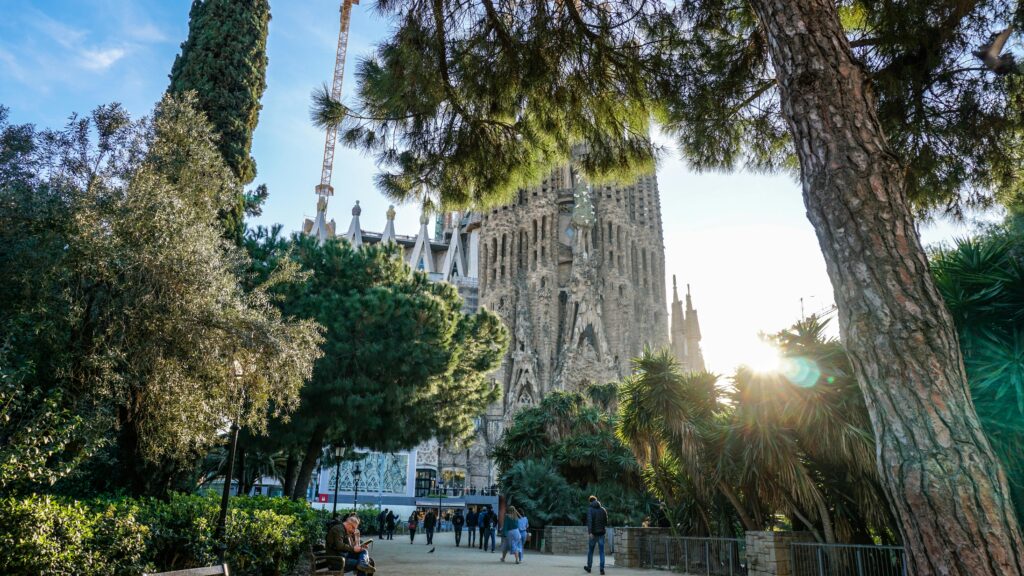
For Europeans, this is an obvious one. Ask any European where they would want to live if they moved to another European country and you might just find that Barcelona comes out ahead of London and Paris.
If there is any city in the world that can really claim to have it all, it might just be Barcelona
Its architecture is heavily influenced by the renowned Antoni Gaudí. His masterpieces, such as the breathtaking Sagrada Família and the whimsical Park Güell, showcase a distinctive style that blends Gothic and Art Nouveau elements.
The city’s historic Gothic Quarter is another highlight, with its narrow medieval streets, charming squares, and landmarks like the Barcelona Cathedral. Here, visitors can immerse themselves in the city’s ancient past while enjoying modern cafes and boutiques.
Barcelona’s coastline is equally enticing, featuring beautiful beaches such as Barceloneta, where visitors can relax, swim, or partake in various water sports. The seaside promenade is perfect for a leisurely stroll or bike ride, offering stunning views of the Mediterranean Sea.
Prague
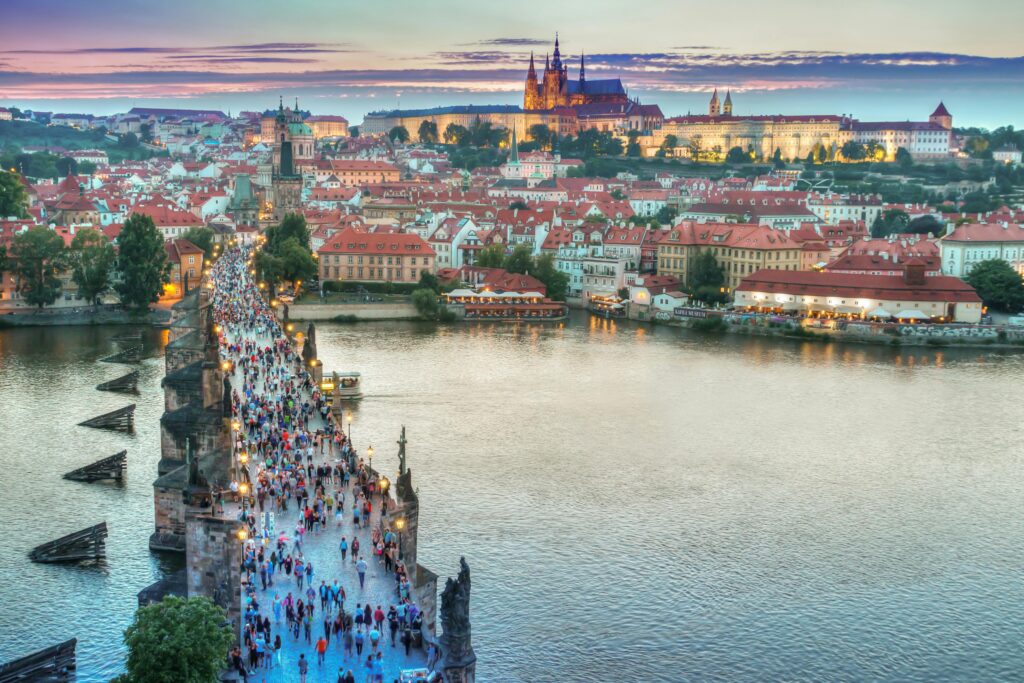
Prague is another choice destination for Europeans, which many people who do not know the continent well enough could easily miss. It is one of Europe’s most spectacular and well-kept medieval cities.
Prague, the capital of the Czech Republic, enchants visitors with its rich history, stunning architecture, and vibrant cultural scene. Known as “The City of a Hundred Spires,” Prague boasts a skyline adorned with beautiful Gothic, Baroque, and Romanesque buildings.
At the heart of the city lies the Old Town Square, home to the iconic Astronomical Clock and surrounded by colorful, historic buildings. Nearby, the majestic Charles Bridge, adorned with statues, offers picturesque views of the Vltava River and leads to the medieval Prague Castle, one of the largest castle complexes in the world.
Krakow

Poland’s former capital and cultural hub is another remarkably well-preserved historical gem. It was lucky enough to survive the destruction of the Second World War, which afflicted most other Polish cities.
Krakow has plenty to keep any history buffs entertained. The ancient Wawel Castle was once the home of Polish kings, the market square is one of the largest and most spectacular in the world, littered with cafes and restaurants it is the perfect place to sit and soak up an atmosphere. Every hour, a trumpet plays they heynal tune from the top of the Mariacki church’s tallest tower in memory of the trumpeter who allegedly sacrificed their life to warn the city against an invading Mongol army.
There is also plenty of 20th Century history. Schindler’s Factory, made famous by the movie Schindler’s List, has been turned into a museum and is walkable from the city center. The district of Nova Huta, built as a model Stalinist town, displays Poland’s communist past.
The Wieliczka Salt Mine, located on the outskirts of Krakow, is another surprising tourist gem. Meanwhile, the city is also the traditional starting point for those wanting to see the Nazi concentration camp Aushwitz.
All things considered, a trip to Krakow will enrich anyone’s trip across Europe.
The Alps
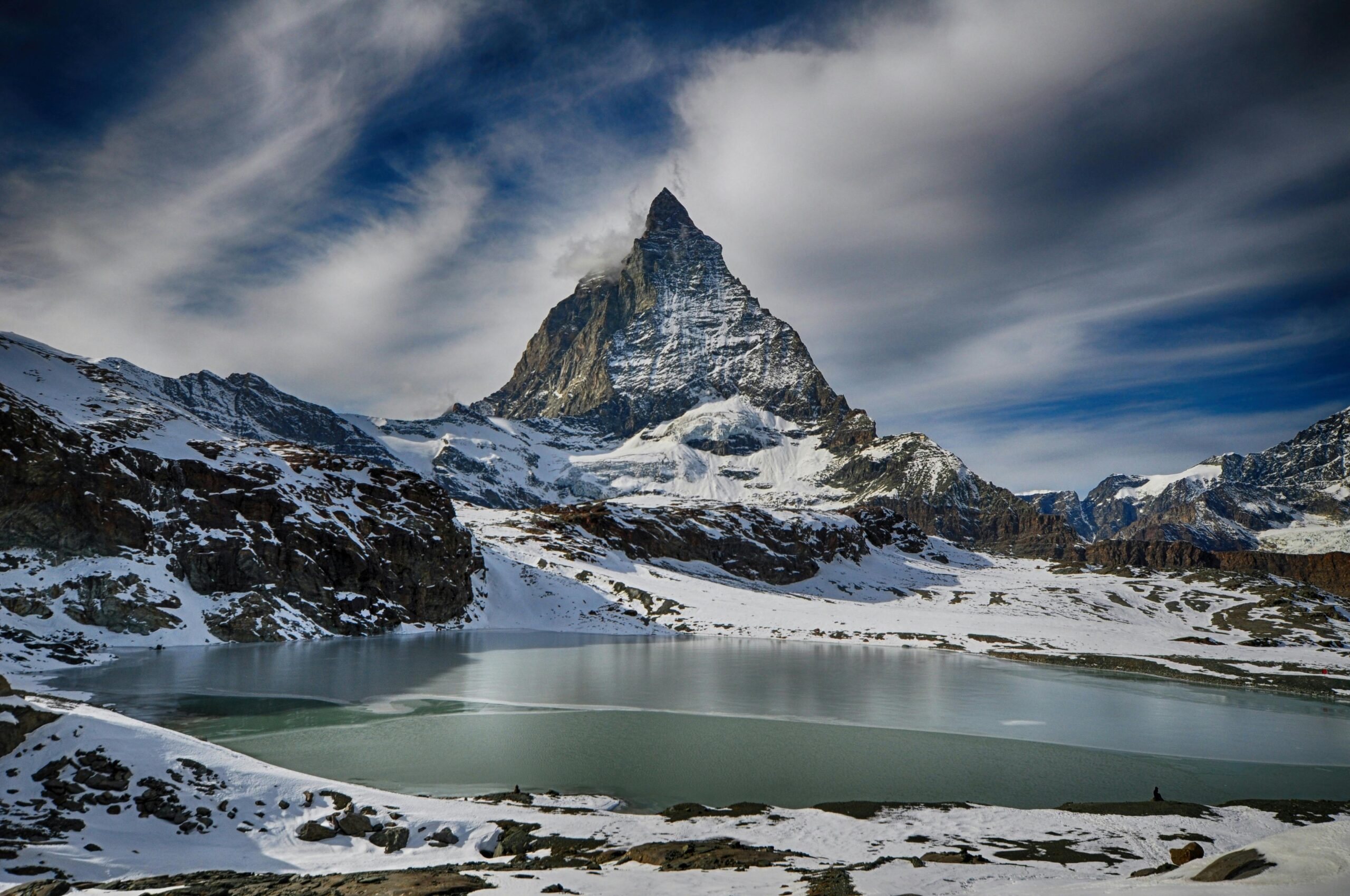
The Alps are Europe’s premier mountain range and they combine the sense of nature and wilderness with a rich history and culture.
There are famous alpine resorts like Chamonix, Zermatt, Davos and St Moritz, but there are also hundreds, if not thousands of lesser well known chocolate-box villages scattered across France, Switzerland, Austria, Northern Italy and Southern Germany. They all have a degree of charm which is hard to find in mountain ranges in other parts of the world.
The Alps are famous for their skiing in winter, but can be equally rewarding for hikers in summer. Even if these sports are not for you, it can still be a wonderful experience to soak up the unique alpine atmosphere in a chalet town and to try a local cheese fondue or tartiflette.
Berlin
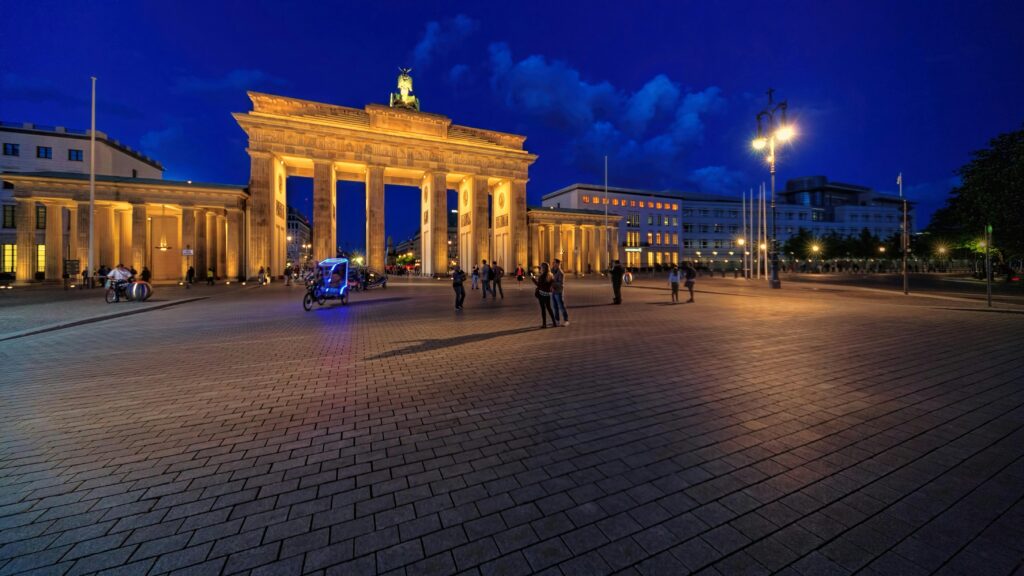
Berlin rarely gets the same acclaim as other European capital cities like London, Paris or even Rome. However, you will never be disappointed if you add it to your European itinerary.
Even though many of Berlin’s buildings are relatively modern, the sense that history is all around you can be greater in Berlin than any other city in the world. It was the capital of the Cold War and whilst Germany has been reunited for more than 3 decades now, that era’s legacy is impossible to miss.
However, there is much more to the city than Cold War history. The Reichstag building, which was restored in the 1990s, is a wonderful combination of old and new. Berlin Zoo is one of the best city zoos in the world. Being flat makes Berlin an incredibly cyclist-friendly city. And the city is a mecca for alternative art, music, fashion, and subcultures.
Slovenia
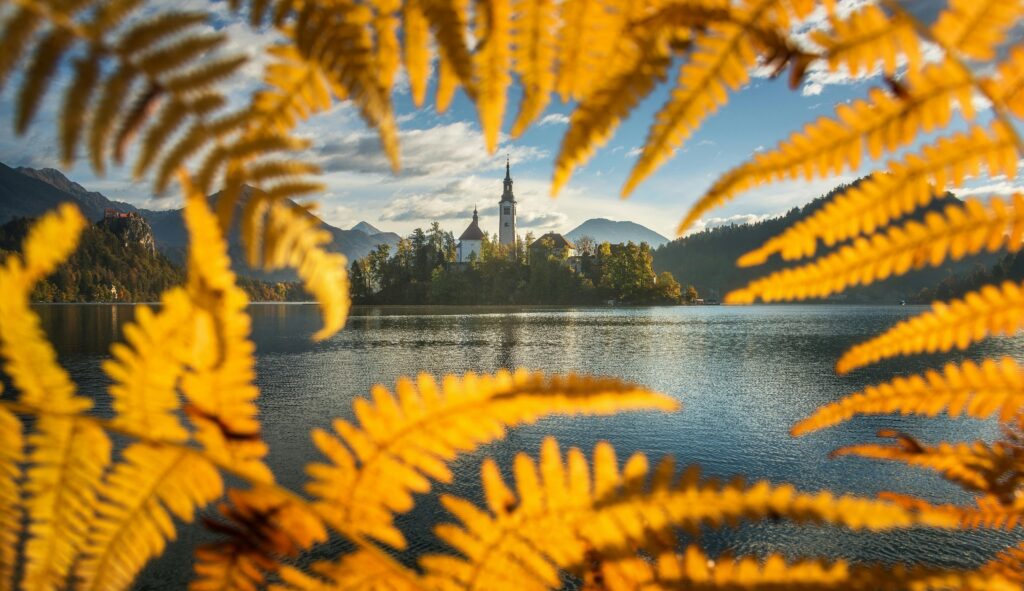
Slovenia is Europe’s true hidden gem. Nestled between Italy, Austria, Hungary, and Croatia, this small country boasts diverse landscapes that cater to every traveler’s taste.
The stunning Lake Bled, with its emerald-green waters and fairy-tale island church, is a prime attraction. Nearby, the Julian Alps offer excellent hiking, skiing, and outdoor adventure opportunities. The picturesque town of Bled, with its medieval castle perched on a cliff, adds to the area’s allure.
Slovenia’s capital, Ljubljana, is a vibrant city characterized by its charming old town, lively riverside cafes, and the iconic Ljubljana Castle. The city is also known for its green spaces and sustainable living, earning it the title of one of Europe’s greenest capitals.
The country offers a delightful mix of natural beauty, rich culture, and historical charm. What’s more, being off the main tourist trail means it is a destination which will rarely brake the bank.
The Dalmatian Coast
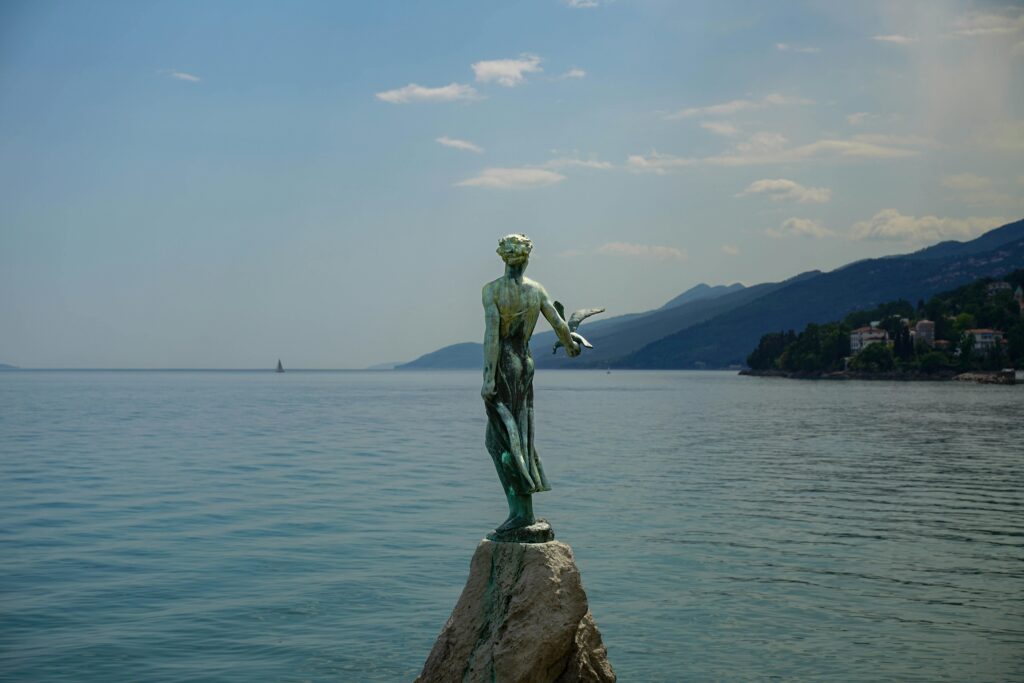
Croatia’s Dalmatian Coast has been growing in popularity in recent years, but it still doesn’t attract the same crowds which are commonly seen in the French or Italian Rivieras.
The largest city, Split, has a long and rich history, beginning with the ancient Greeks and Romans. It is another well-preserved old town and its car-free center means you can soak up that historical atmosphere, all with the guaranteed sunshine that comes from a Mediterranean climate.
If there is a downside to the Dalmatian coast, the beaches tend to be pebbly rather than sandy, but if you can put up with this minor inconvenience then you will be enchanted by a region rich in both natural and man-made beauty, historical sights and net-fresh seafood.
